The Essential Homes Research Project is a concept designed to provide sustainable and swiftly assembled housing for people displaced by disasters
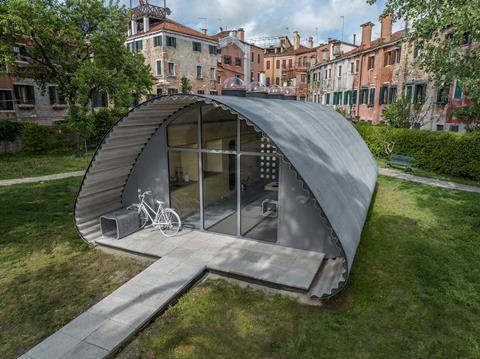
The Essential Homes Research Project has been unveiled at the 18th International Architecture Exhibition in Venice, Italy.
The housing concept was designed by the Norman Foster Foundation to meet the essential human needs of displaced communities while utilising sustainable building techniques and materials.
The number of displaced individuals and families continues to grow and settlements that are meant to be temporary often become places where families spend decades.
Developed with building materials company, Holcim, the homes have been designed to offer a durable and safer alternative to tent shelters – in a bid to enable displaced individuals to live with dignity.

The project was inspired by the Shelters Workshop, organised by the Norman Foster Foundation in June 2022.
Supported by Holcim, the five-day educational programme brought together academics and students from around the world to explore the challenges and potential solutions for providing emergency shelters to vulnerable communities.
Following this initiative, Holcim invited Norman Foster and his team to continue exploring these ideas, and together they developed the Essential Homes Research Project.
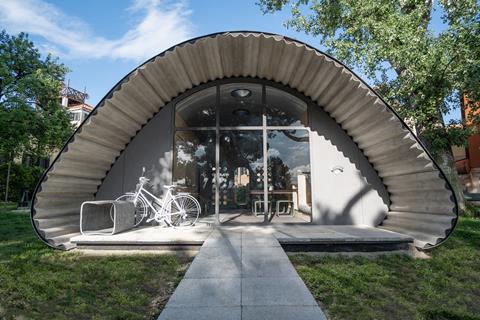
According to the design team, the home has a 70% lower CO2 footprint compared to traditional structures.
Rollable concrete sheets compose the shell, providing physical safety. The company Concrete Canvas used Holcim’s low-carbon cement mix with 20% less CO2. According to the team, rollable concrete is an easy-to-install solution that uses up to 95% less material than standard applications.
The home is insulated with Airium insulating mineral foam in the roof, and Elevate boards in the floor, increasing energy efficiency alongside thermal and acoustic comfort to enhance occupant wellbeing.
Holcim’s recycled construction demolition materials were also specified in a bid to make the base more weather resilient.

The Essential Home does not require excavation, as it lies on a membrane to help prevent moisture from accessing the building.
Pathways made of permeable low-carbon concrete connect the home units, which allows nature to grow and enables water flow to recharge soils and groundwater.
Luminescent aggregates are also integrated into the mix to absorb light during the day and reflect it at night, enhancing safety while reducing energy use and light pollution.
Circular by design, each component of the home can be reused or recycled at the end of use.
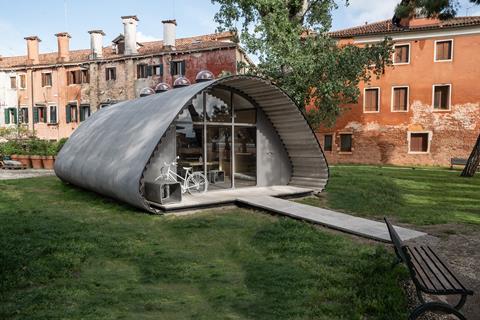
There are an estimated 103 million displaced people, with a 20-year displacement duration as the current average.
To accommodate the evolving needs of family life over such an extended period of time, the homes are modular and when replicated side-by-side, they form open public spaces to create a sense of community.
The homes can also be built on site in order to speed up construction in emergency situations.
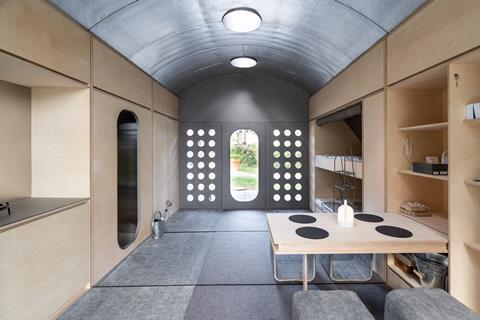
The research project has opened the conversation on how to provide essential housing in a sustainable way.
Lord Norman Foster, president of the Norman Foster Foundation, said: “Natural and manmade disasters create a continuous exodus of people seeking instant shelter. Traditionally tents or variations on them are the primary response, offering scant protection from the elements. How can we do better? During the Venice Biennale we show our work-in-progress on this idea – it is the outcome of a few months of intensive activity in collaboration with Holcim.”
This is the second project presented by the Norman Foster Foundation and Holcim at the Venice Architecture Biennale aiming to tackle a major societal challenge.
Their first collaboration, the “Droneport”, was the first full-scale prototype of a hangar for drones, designed to distribute medical supplies in Africa, and presented at the 15th Biennale in 2016.
Postscript
The Essential Homes Research Project is presented at the Time Space Existence exhibition organised by the European Cultural Centre during the 2023 Venice Architecture Biennale.









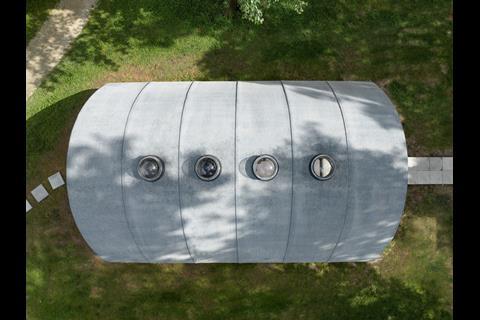
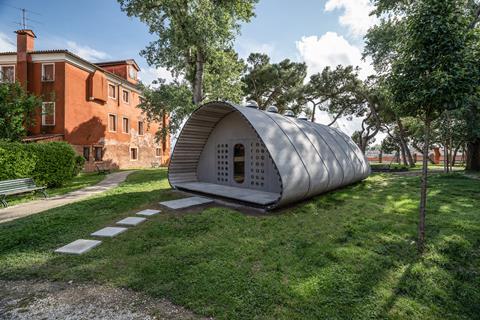
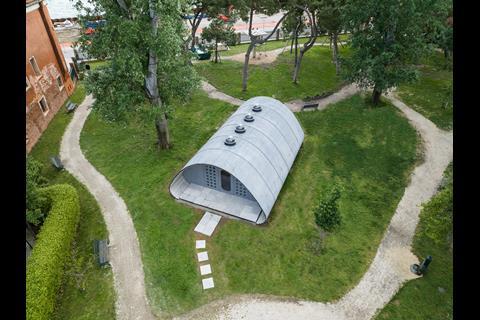

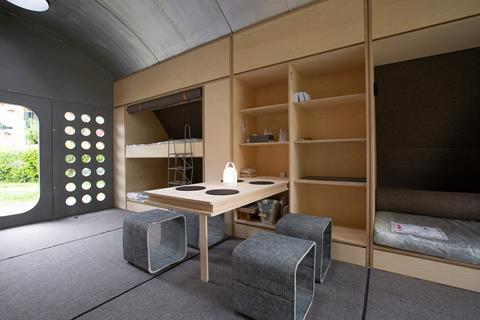


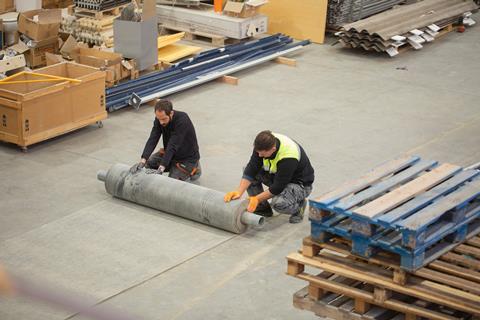
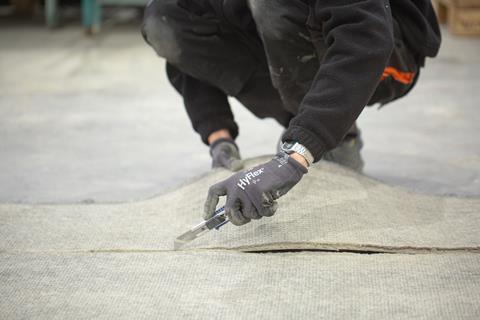
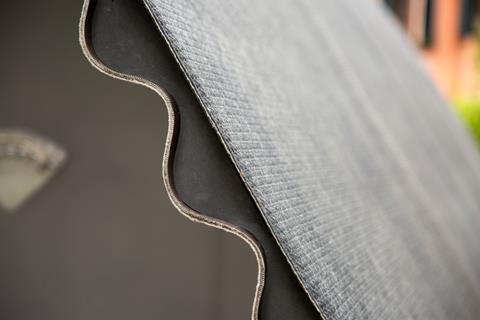
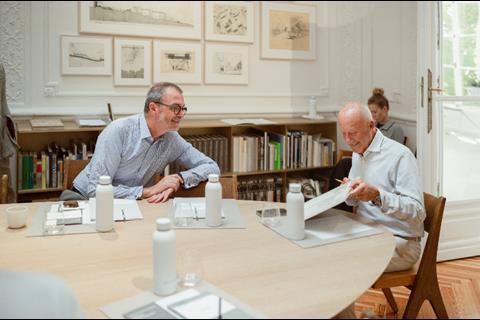







5 Readers' comments